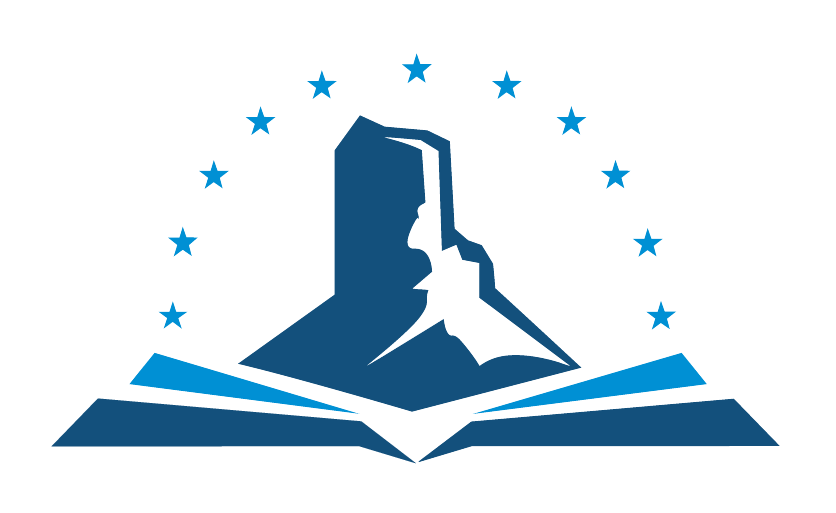Second Steps is a program that was purchased this year for most of the elementary schools in Carbon School District by The Care Coalition. At Wellington Elementary, Cassie Bailey, the school counselor, is implementing the curriculum in full force.
“It is a curriculum that concentrates on social, emotional and mental health development,” said Principal Stacy Basinger.
“We are receiving positive feedback from students, teachers, and even parents. One parent commented to Cassie, “I don’t know what you are doing at school, but it is sure helping at home with how my son is treating his sister.”
Bailey shared that the Care Coalition purchased the Second Steps program through a grant, and is an evidence based curriculum that is used across the United States.
“We’re thrilled to have a common curriculum for the elementary counselors to use because it provides consistency across the district if students move from one school to another," Bailey said. "It is organized with a lesson program for every grade level. Bailey reported that Second Steps has previously been implemented in the two middle schools within the district, so as the students transition to those campuses it will be familiar to them."
The program is introduced into every classroom in the school though a series of classes. The focus is on listening skills, empathy, emotion management and problem solving.
“We teach students to have empathy and compassion with others whether it be in the classroom, on the playground, in the lunchroom, or even at home,” explained Bailey. Emotion management is based on student’s feelings, particularly strong feelings such as anger or even excitement. “If a student is so excited that they can’t calm down their bodies, we are teaching them about what their brain is doing during those instances,” said Bailey. “We help them use a code word so that they realize they are getting too out of control, and they can step back, and chill out. It’s called a stop signal.”
She says the program teaches them to recognize what they are feeling, so they are able to deal with the situation in a calm and controlled manner, which incorporates deep breathing and positive self-talk. She said they work with kids to realize that the brain has two sides: a thinking part and a feeling part. Knowing about the two parts of the brain helps them to realize that their feeling part of the brain can run things down the wrong path, and if they use the thinking part, they can control the feeling part.”
“We want our kids to start controlling their choices and reactions by using the thinking part of their brain,” she said. Finally, there are the methods that are taught for problem solving. This includes being assertive but not over bearing, teaching kids how to get their needs met, when to speak and when not to speak, and how to approach what is being said, whether students are talking to a classmate, a teacher, or their parents.
Lessons are conducted in a light hearted way, and they have a lot of graphics and music that supports the lesson material.
“Cassie is so positive, and she presents the lessons in a structured, safe, and engaging manner,” said Basinger. “The lessons are fun. Students like the message they are hearing, they are engaged in the learning, and the music is catchy. It is very interactive which supports high engagement.”
Bailey said that the lessons use different kinds of media, but the students also do “partner work” so they either have another student to work with or a group at their table.
“We give them situations, and then they have to think about what they would do, how they would solve the problem, and how they would put themselves in another person’s shoes to understand what is going on,” said Bailey. “Once they have done that themselves, they will turn to their partner and talk about it. Then the class discusses what the various partners have come up with.”
She said there is also a worksheet that they can take home to their parents as well. “The worksheet is meant to reinforce the skill we have been teaching,” stated Bailey. “Our goal is to share with parents the essential skills we are learning, and support families to incorporate these skills in their lives.”
Bailey said she also likes the fact that the program comes in a bilingual form so we can better support our Spanish speaking families. The videos and audios also have closed captioning so it not only helps students who might have hearing deficits, but it also reinforces the reading program that is going on as well.
“We have had a tremendous need to support our students’ social, emotional, and mental health needs. With the addition of having a full-time counselor in the building, and the generosity of the Care Coalition providing the funding for the wonderful curriculum, we are pleased to be helping kids on a whole new level,” Basinger shared.







